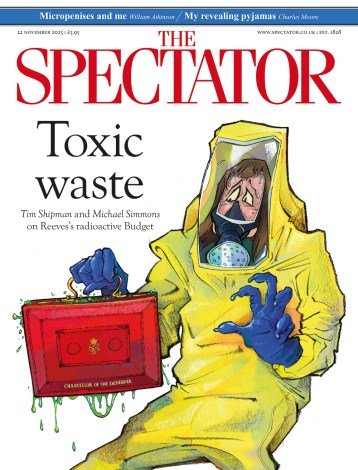Mary Toft seems to be having something of a moment. The English 18th-century peasant who stunned society with her claim to have given birth to rabbits has been the focus of a suite of recent books, including Dexter Palmer’s Mary Toft, or the Rabbit Queen (2019) and Karen Harvey’s The Imposteress Rabbit Breeder (2020). There was even a nod to Toft in the 2018 film The Favourite. Queen Anne, played by Olivia Coleman, had 17 rabbits, one for every child she’d miscarried – a reference to Toft’s 17 ‘miraculous’ rabbit births.
It’s not hard to see why Toft’s grotesque story still captivates us. In 1726, a poor young woman in Godalming – then a small rural town – was reported to have given birth to a rabbit and, over the next few months, repeated the feat more than a dozen times. Fantastically, many people believed her; she was examined by the best doctors and ‘man-midwives’ of the day, including those close to George I, and became something of a national sensation. The story of Toft – the ‘pretended rabbit-breeder’ – circulated in newspapers and satirical pamphlets and even received the honour of being immortalised by William Hogarth.
Noémi Kiss-Deáki’s Mary and the Rabbit Dream is the latest rendition of the tale. Instead of the innuendoes and salacious details favoured by the wits of the time (who spent much time in the press exploring the punning possibilities of cuniculus, meaning rabbit, and cunnus, meaning vulva), this debut novel addresses the realities of Toft’s life. It doesn’t begin in the examining room, with the soft hands of society doctors, but in the fields, where Mary and her sister-in-law are ‘very poor, very tired’ and desperate for any escape from their ‘harsh and miserable’ life. While Mary chases a rabbit, desperate to catch and eat it, the duchess on the nearby estate fritters away her money on clothes for her pet monkey.
Kiss-Deáki writes in simple, declarative sentences which seem almost studiedly naive – as though this were a fairy tale told by the lowliest character. She builds to a point where the story is less about a faux-medical marvel and more about power – about who gets to tell their own story and who gets buffeted by the desires of everyone else. In this telling, Kiss-Deáki gives new life to the oft-repeated tale and invigorates it with sympathy and humanity.







Comments